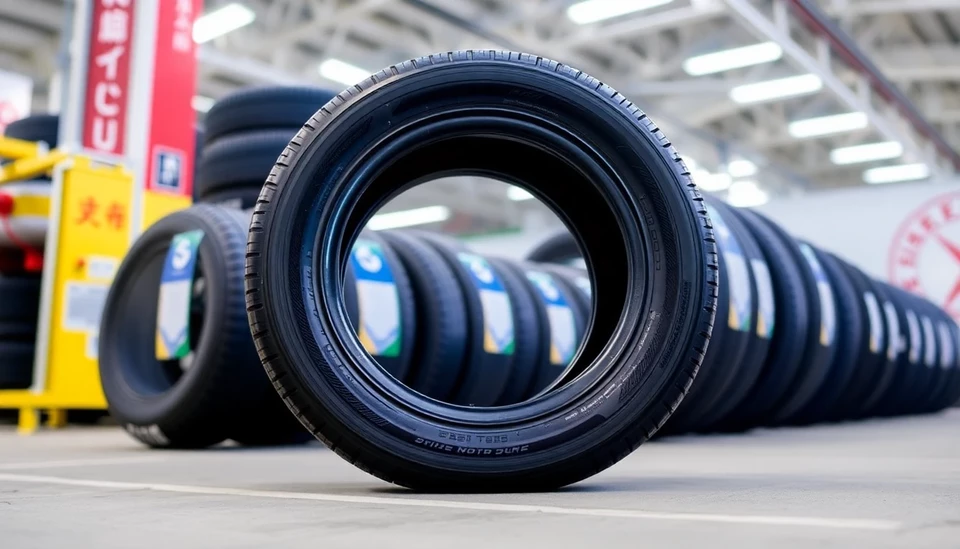
In a significant development affecting the automotive industry, a leading Japanese tire manufacturer has announced plans to increase prices on its U.S. products by as much as 25%. This decision comes in response to the recently imposed tariffs on tire imports, which have created an unfavourable cost structure for the company.
The tire manufacturing giant has stated that the price hikes will apply to a variety of their products sold within the United States, aiming to counterbalance the increased costs incurred due to the tariffs enacted by the U.S. government. This announcement is expected to resonate across the car industry, impacting not only consumers but also dealerships and automotive manufacturers relying on competitive pricing for tires.
Market analysts suggest that these price increases could influence consumer choice, particularly in the budget segment of the tire market. With existing economic pressures compounded by inflation, there are concerns that such substantial increases in tire costs may push buyers towards alternative brands or lower-cost options.
The implications of this price hike stretch beyond individual consumers, potentially leading to higher costs for vehicle manufacturers who depend on low-cost, high-quality tires. This could result in an uptick in vehicle pricing or a reevaluation of supply chain strategies as companies adapt to the new price landscape.
Industry experts predict that the price rise could prompt discussions on tariff policies, urging policymakers to reconsider the impact of global trade challenges on American consumers. As tariffs continue to reshape the marketplace, companies will have to carefully navigate pricing strategies to maintain their competitive edge while dealing with the fallout from external economic pressures.
This situation reflects broader trends in the global manufacturing landscape, wherein international companies grapple with fluctuating tariffs and increased production costs. As the U.S. market braces for these changes, it remains to be seen how both consumers and industry executives will respond to the evolving dynamics in tire pricing.
As this news unfolds, stakeholders are advised to monitor not only pricing shifts but also the broader economic implications. The upcoming months are poised to be telling as manufacturers and consumers alike adjust to this new reality.
Stay tuned for further developments regarding pricing trends and supply chain adaptations in the tire industry.
#TirePrices #Tariffs #JapaneseManufacturers #AutomotiveIndustry #EconomicImpact #SupplyChain #ConsumerMarket
Author: Victoria Adams




